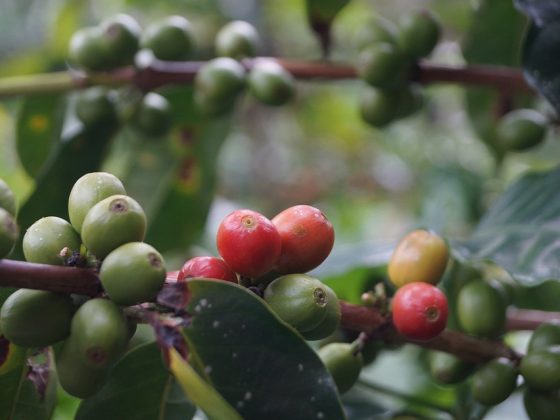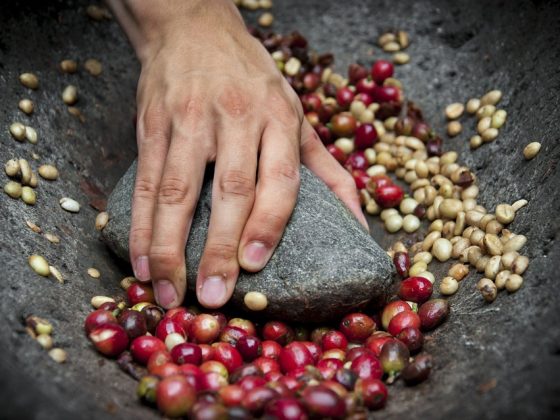end
Coffee is one of the most popular beverages in the world, with millions of people enjoying a cup of this aromatic and flavorful drink every day. While many coffee enthusiasts are familiar with the different types of coffee beans, brewing methods, and roasting techniques, not as many are aware of the concept of terroir when it comes to coffee.
Just like wine, coffee can be influenced by the unique environment in which it is grown and harvested, resulting in distinct flavor profiles that can only be found in coffee from a specific region. This concept, known as terroir, has been gaining recognition among coffee aficionados in recent years as a key factor in determining the flavor and quality of the coffee.
Discovering the terroir of coffee is a fascinating journey that allows coffee lovers to explore the diverse flavors and aromas that can be found in coffee from different regions around the world. By understanding how origin impacts flavor, coffee drinkers can develop a deeper appreciation for the complexity and richness of this beloved beverage.
How Origin Impacts Flavor
The concept of terroir originates from the wine industry, where it is used to describe the influence of a specific geographic location on the taste and quality of the wine produced there. In the context of coffee, terroir refers to the unique combination of climate, soil, altitude, and other environmental factors that shape the flavor profile of the beans grown in a particular region.
One of the key factors that can influence the flavor of coffee is the altitude at which the beans are grown. Higher altitudes generally result in a slower maturation process for the coffee cherries, leading to beans that are denser and more flavorful. Coffee grown at higher altitudes tends to have a brighter acidity, a more nuanced flavor profile, and a higher level of sweetness compared to coffee grown at lower elevations.
The climate of a coffee-growing region also plays a significant role in determining the flavor of the beans. Factors such as temperature, rainfall, and humidity can all impact the development of the coffee cherries, resulting in beans that exhibit different flavor characteristics. For example, coffee grown in a warm, humid climate may be more fruity and floral, while coffee grown in a cooler, drier climate may be more earthy and nutty.
Soil composition is another important factor that can influence the flavor of coffee. The minerals and nutrients present in the soil can affect the growth of the coffee plants and the development of the beans, leading to flavors that are unique to a specific region. Different types of soil can impart different qualities to the coffee beans, such as a rich, full-bodied flavor or a more delicate and nuanced profile.
In addition to these environmental factors, the processing and roasting techniques used also play a significant role in determining the final flavor of the coffee. However, the terroir of the coffee beans provides the foundation for the flavor profile, giving each coffee its own distinct identity that reflects the region in which it was grown.
Exploring the Terroir of Coffee
For coffee enthusiasts who are interested in exploring the terroir of coffee, there are several ways to experience the unique flavors and aromas that can be found in beans from different regions around the world. One option is to sample single origin coffees, which are sourced from a specific region or even a single farm. Single origin coffees allow you to taste the pure expression of the terroir, showcasing the unique characteristics of the beans grown in that particular location.











